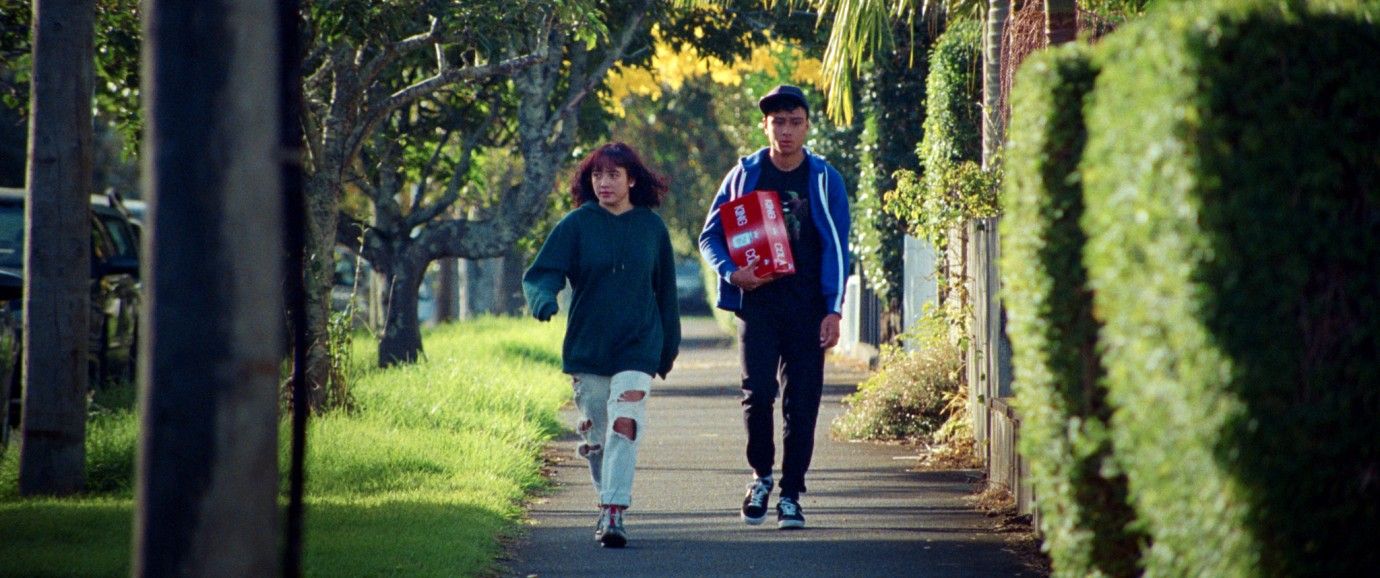
International short film program
Works that are presented at the International short film program show that young directors demonstrate the maturity of style and skillful mastery of cinematic techniques even in a short form. It is possible that the history of "Molodist", which will be written in 10 years, will mention the names of the directors of this year's program as those who were opened by the film festival. In the meantime, let's get acquainted with the short forms that show the variety of different approaches to cinema and the methods of its production.
Some young directors still use film. But not just as a sign of "high" cinema, but as a full component of the narrative of the picture. Isaac Knights-Washborn's "Easy money", shot on 35 mm film, takes us back to the time when slot machines could be used to play the latest game Street Fighter II, and for 10 New Zealand dollars a whole box of chocolate bars could be bought. However, this is not a simple retro styling, but an attempt to tell a short story about friendly care, using the natural property of the film to better convey warm colors.
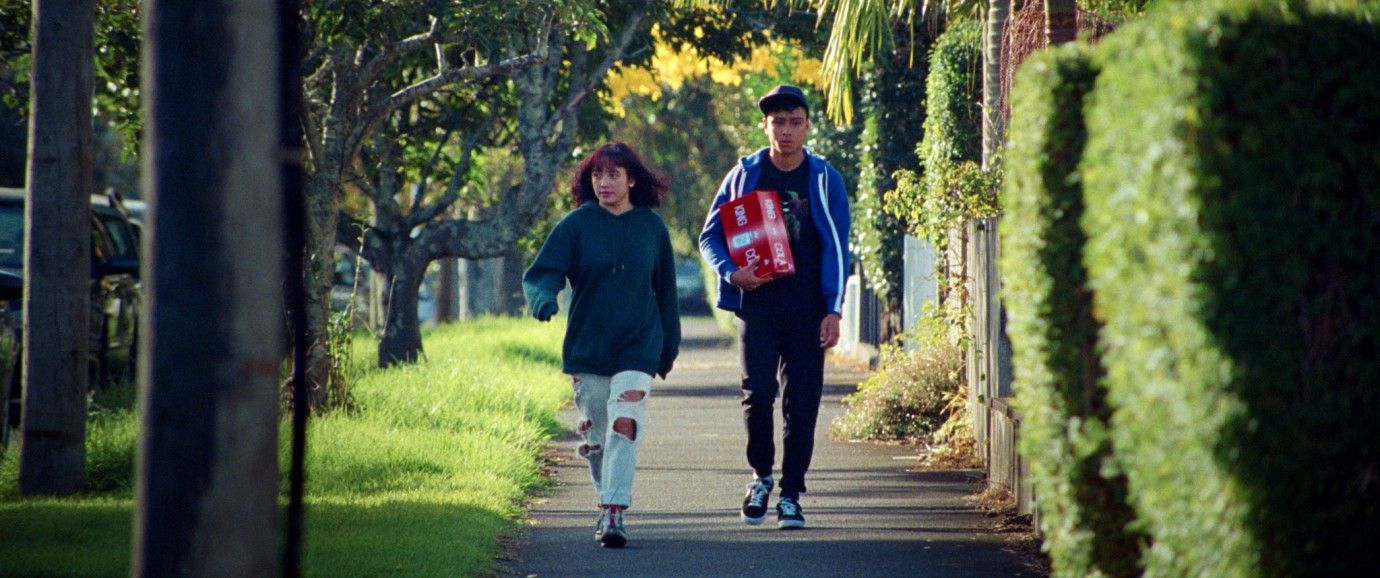
Stefan Djordjevic also uses film in his work "The Last Photo of Father", but saturates the film with cold colors to create a contrast between the texture of the frame and its content. Because the story of how a father and son try to get to Belgrade for an unnamed (but, in the end, understandable) goal is full of moments that give the viewer a feeling of family warmth.
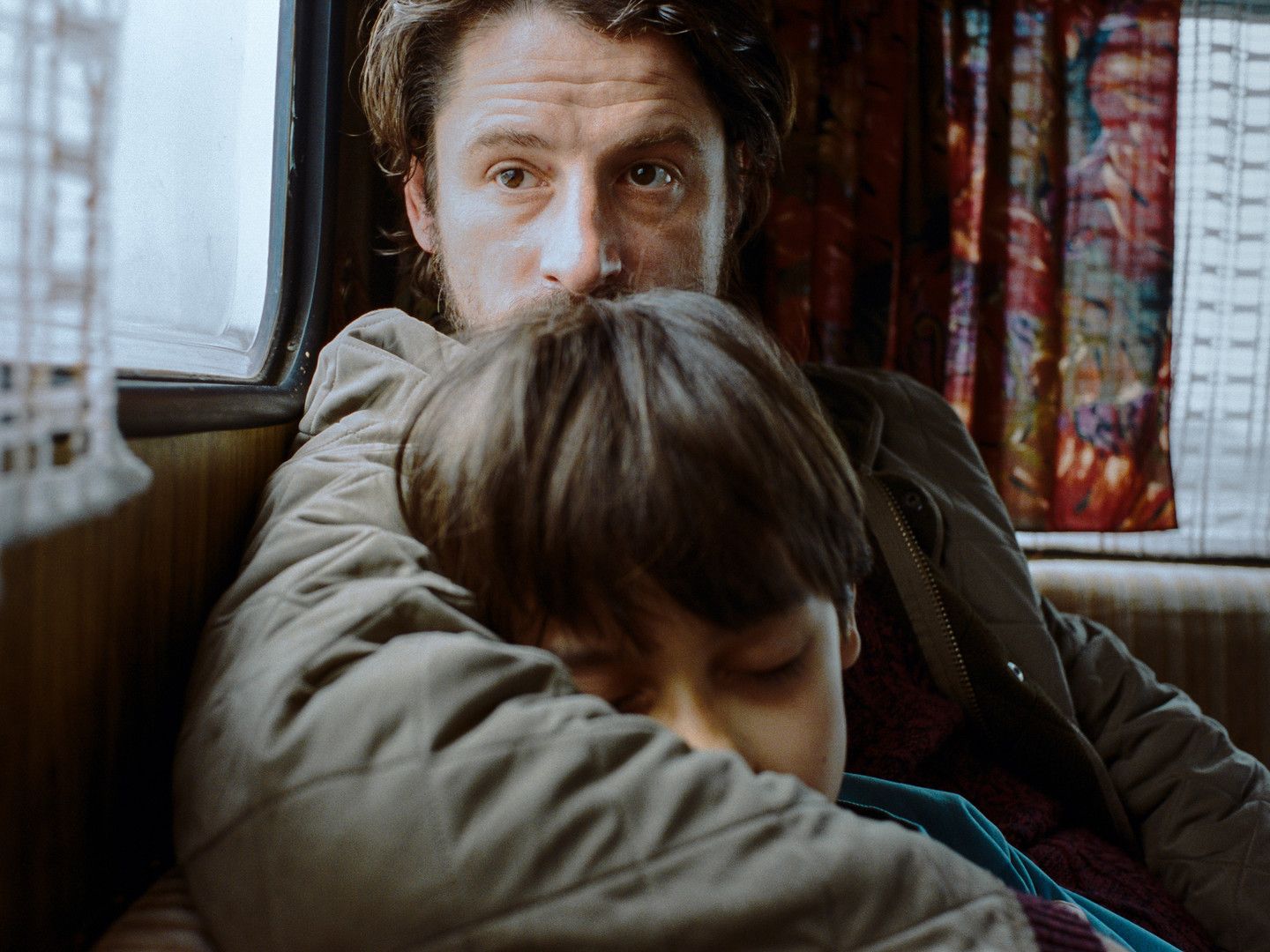
Another way to talk about the family through the very texture of the frame is to use home archives, which the whole young generation recorded on VHS-tapes. Beatrice Baldacci's "Superheroes without superpowers" are made from such cassettes. The director simulates multiple reusings of archival magnetic film, including elements of old TV shows and movies in the tape. In this way, Beatrice speaks about her memory that is elusive and changeable.

Pedro Casavecchia's "Instinct" adopts a certain television aesthetic. His story of the birth of the killer is interspersed with the effect of switching channels to let a viewer into the matter of the film grotesque consequences of the actions of the protagonist - corpses and worn-out hares. However, the animation itself is very clean, the angles chosen by the director for the picture show the action from above, as if it were surveillance camera footage.
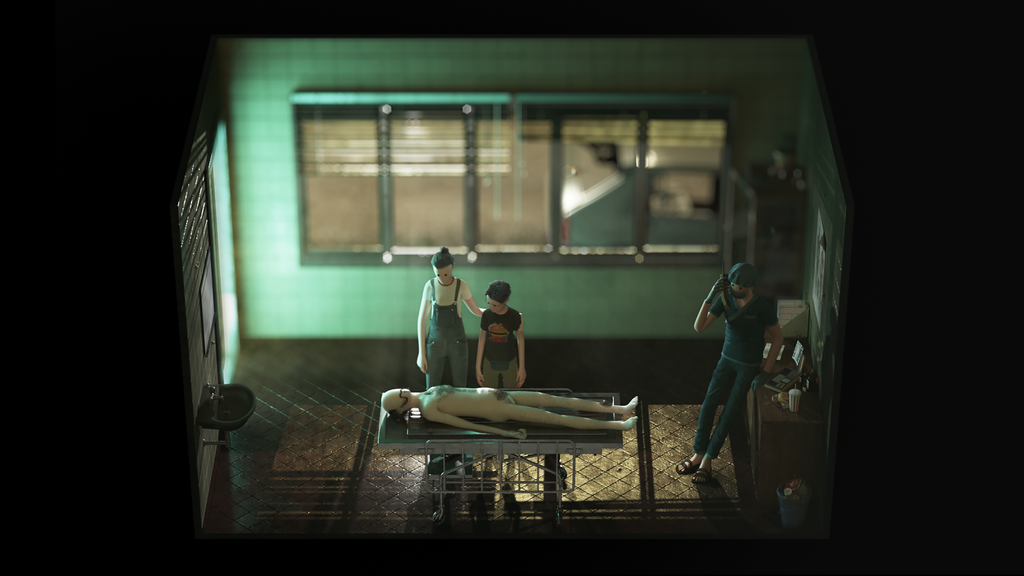
Vytautas Katkus's "Private Sector" offers some detachment from the film's events. The protagonist of the film is an outsider: he returns from abroad to a family living in a private house in Lithuania. This reflects a certain critical slice of society. Unlike most films in the program "Private Sector" shows a panorama of different characters who live in a culturally familiar to us country settlement.
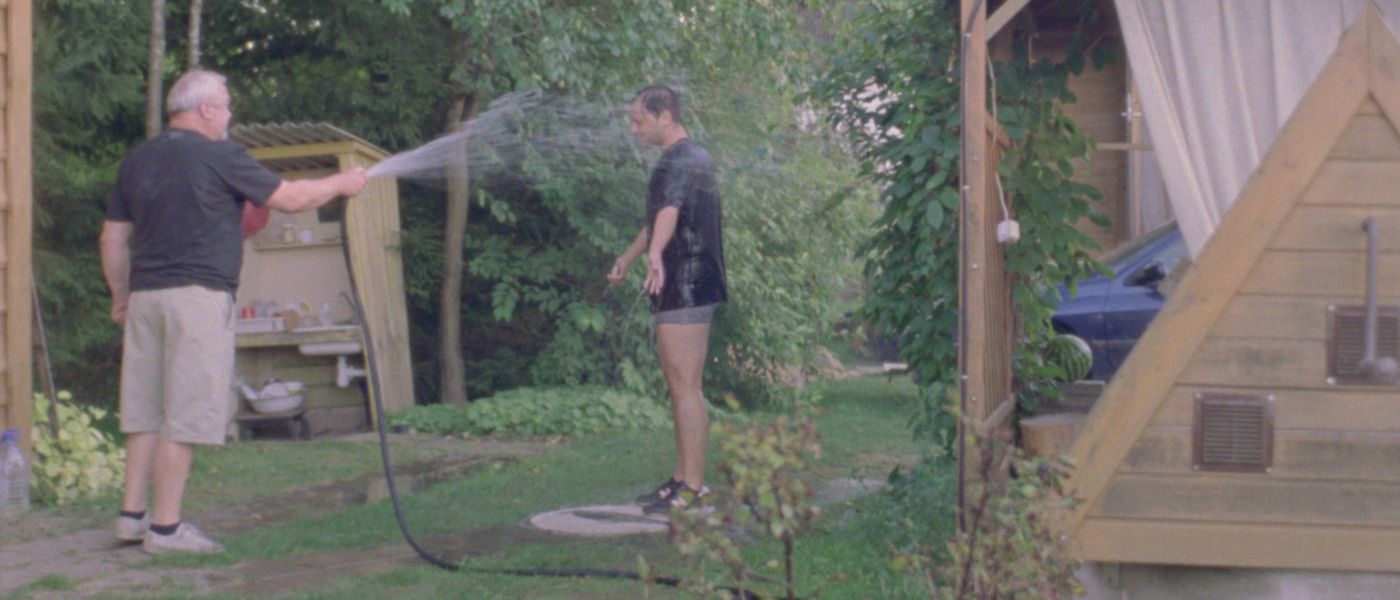
Morad Mostafa's "Maiden Evening Ward" also shows an ensemble picture with many characters. Only culturally it is a completely different space - Egyptian. But the dialogues of the characters before the wedding are like any preparation for the holiday anywhere in the world. Someone is singing, someone is rubbing tomatoes on a grater, the main character paints the bride's hands with henna. However, one unplanned thing is enough to turn a fun party into a fight.

Surprisingly, another film in the program - "Black Sun" by Arda Chiltepe - speaks of a complex, traumatic event in very calm language. Going to his father's funeral, the protagonist in a semi-traveling mode gets to his destination. Instead of accentuating the grief of the loss, Arda Chiltepe immerses the viewer in a trance, contemplative mode.

Slowing down the world, contemplation of reality is characteristic of several more tapes of the program. Ankita Poudel's "Song of the Clouds" abandons any narrative in favor of what can be called guided meditation on the boundary between the world of the living and the world of spirits. This is a movie-mood, a movie-time. But Shashanka Valia's film "In the Month of Love" is a film-space. The director first of all draws attention to the place where the characters live: its similarity (because it is a state housing estate) and the diversity of the people who live there.
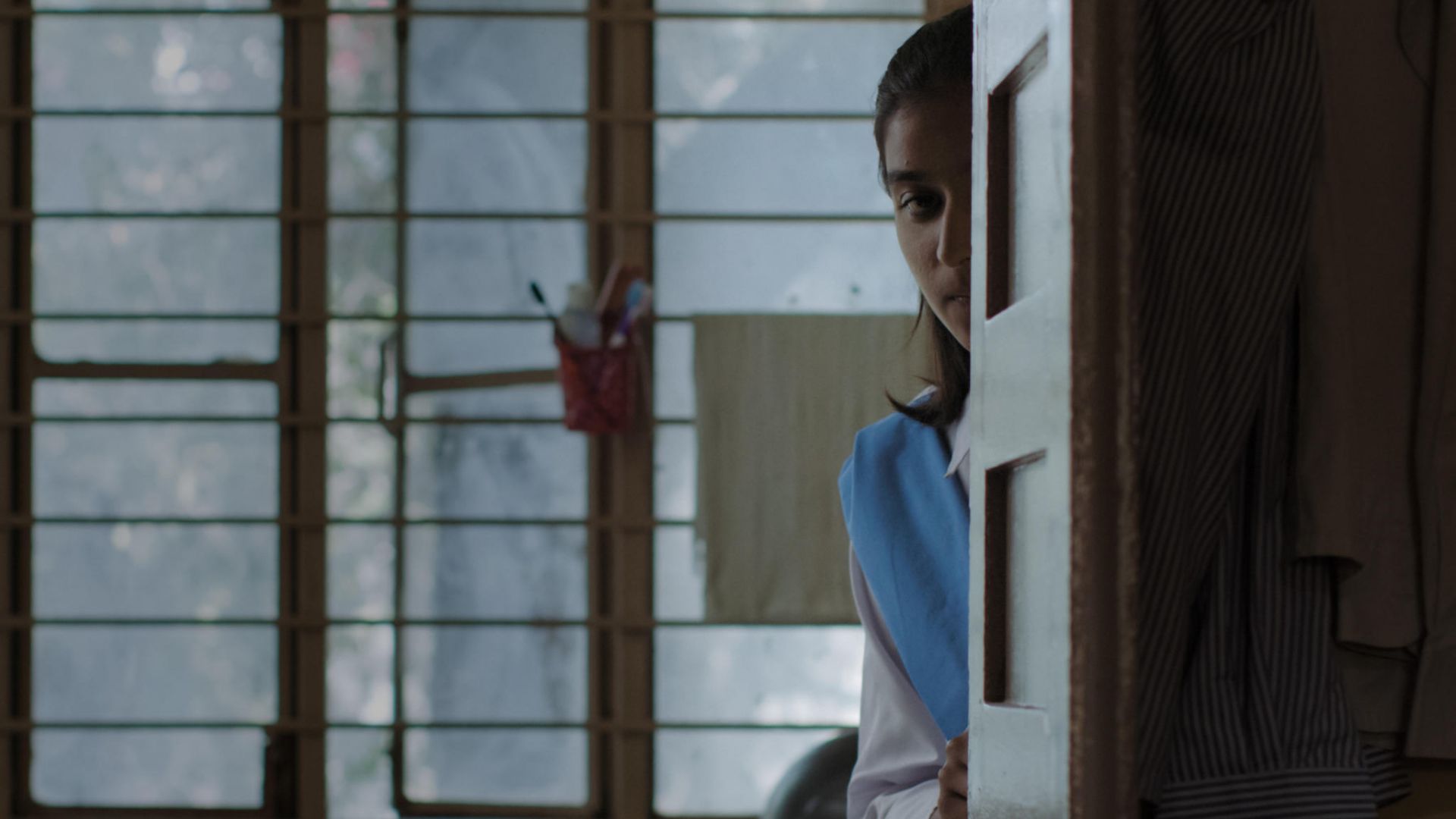
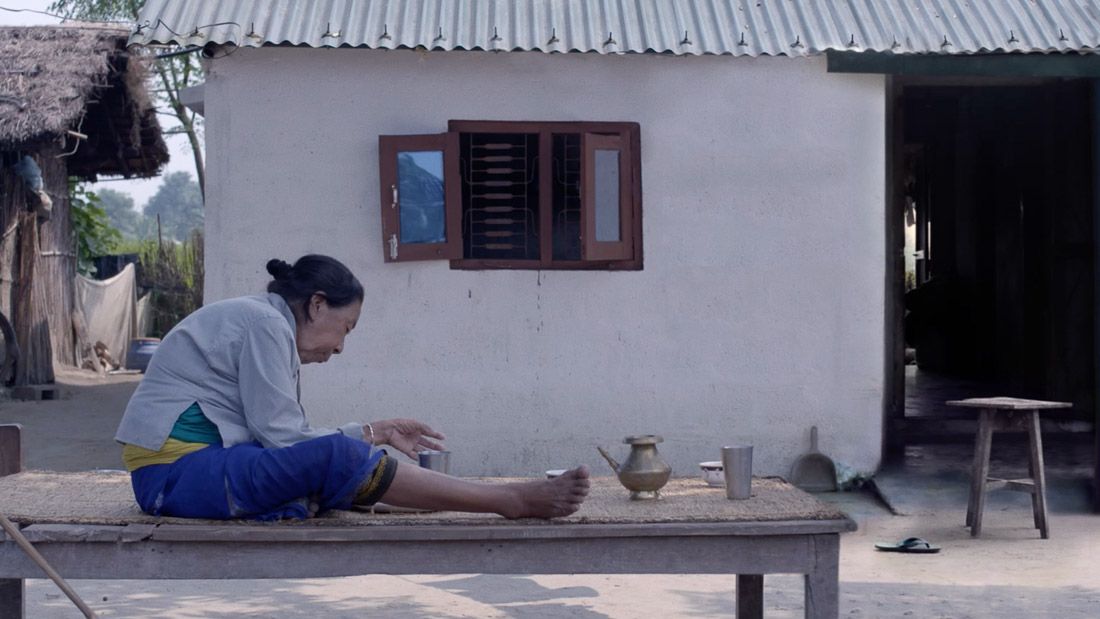
Sometimes people and spaceh confront with each other and focus on social issues. This is the main motif of Ukrainian film "Bullmastiff" by Anastasia Bukovska, which tells about an ATO veteran who came from the war zone and is trying to return to non-military life. And here the conflict of the person with space is familiar to us. So is the film "Among the Almond Trees" by Marie Leflock, which tells the story of a Syrian refugee family that breaks up for an unnamed reason in Belgium.
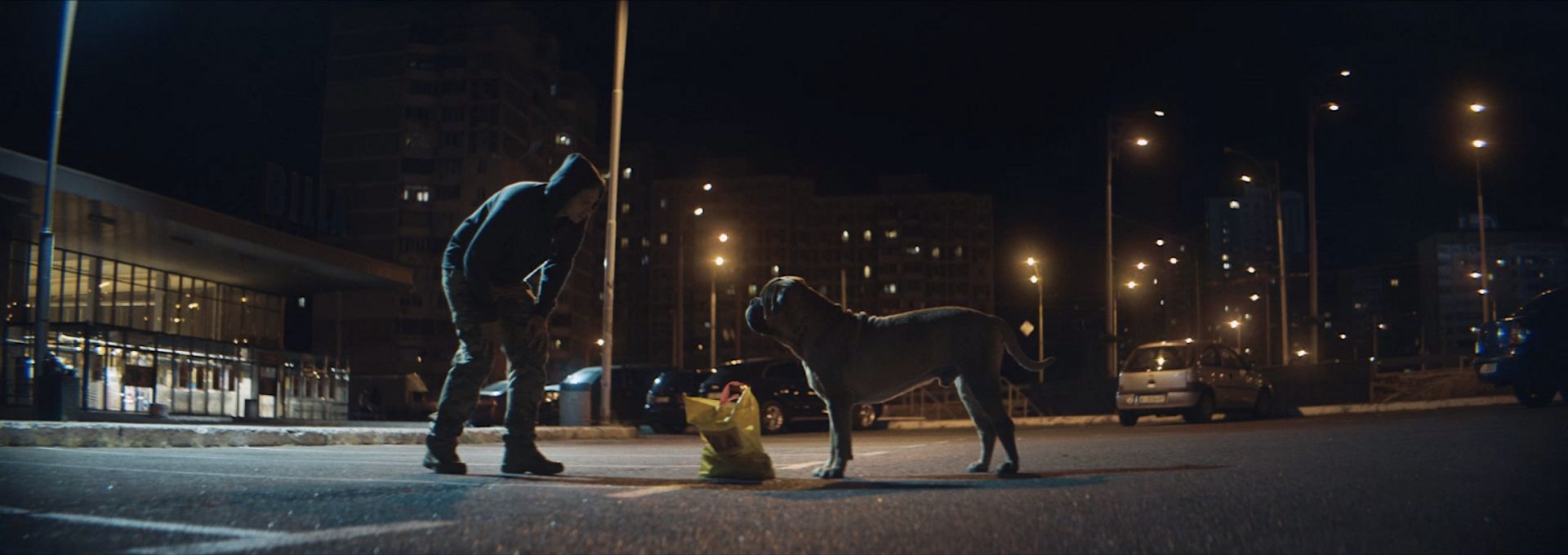
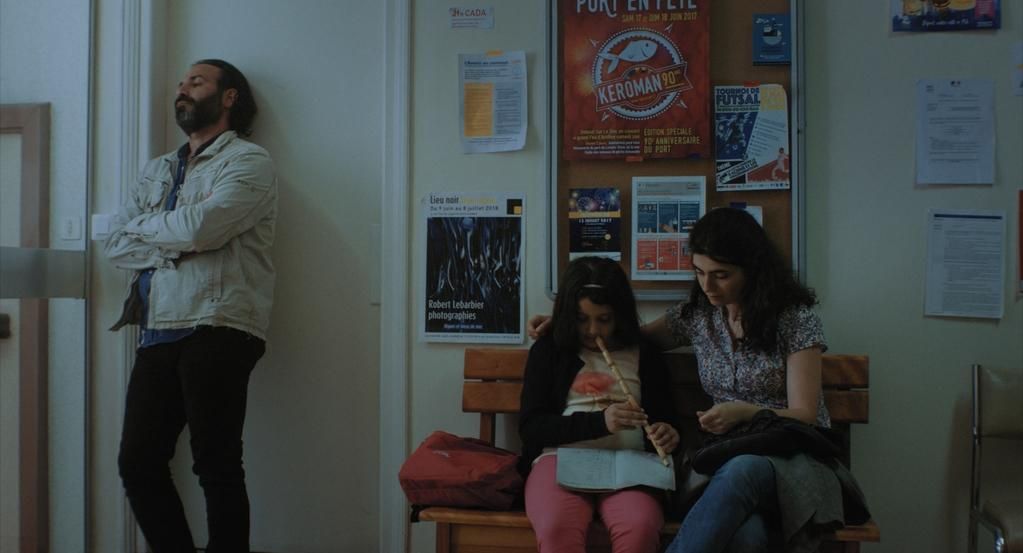
However, the conflict between human and space is not necessary. On the contrary, sometimes it is space that harmonizes a person. "Dressed in the rain" Marianne Metivier literally draws a straight line between contact with nature and inner peace. The main character finds the strength to overcome the experience of her father's illness while in the woods. So the film do not need a lot of actors to tell this story. There are only three characters in the film.

This is not the only story with a minimum of characters. Miguel Alfonso's "Scenes from a Love Life" does not show anyone except a couple of people to capture the various stages of development (and decline) of a romantic relationship. "Scenes" are designed as separate fragments of everyday life, which sometimes last no more than half a minute. Instead, Joel Kurtz's "Unique Opportunity" is a holistic canvas that reproduces a maximum of two hours of real time. In fact, this is such a summer sketch - a middle-aged man for the first time in his life picks up hitchhikers and changes inside a little.
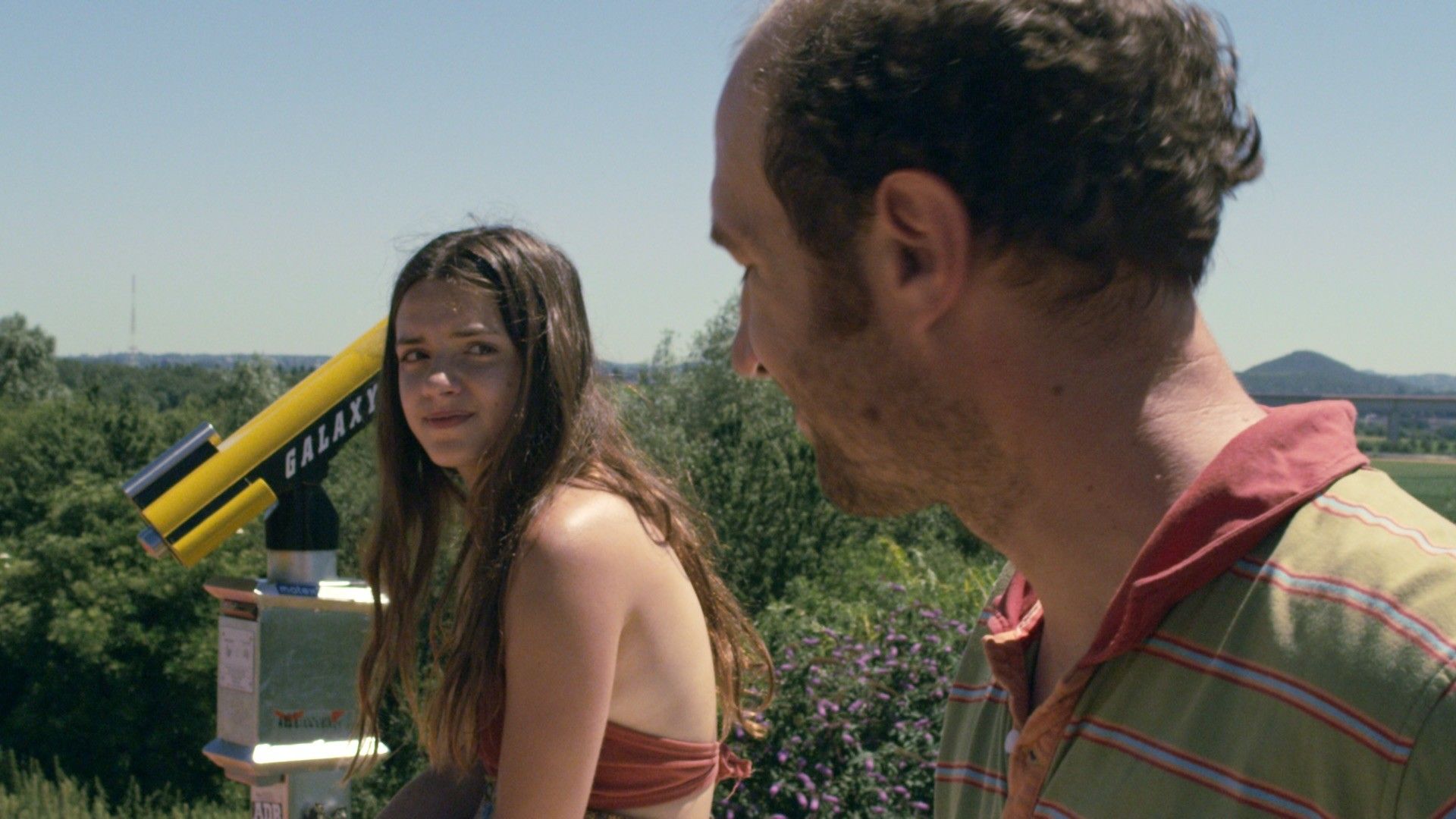
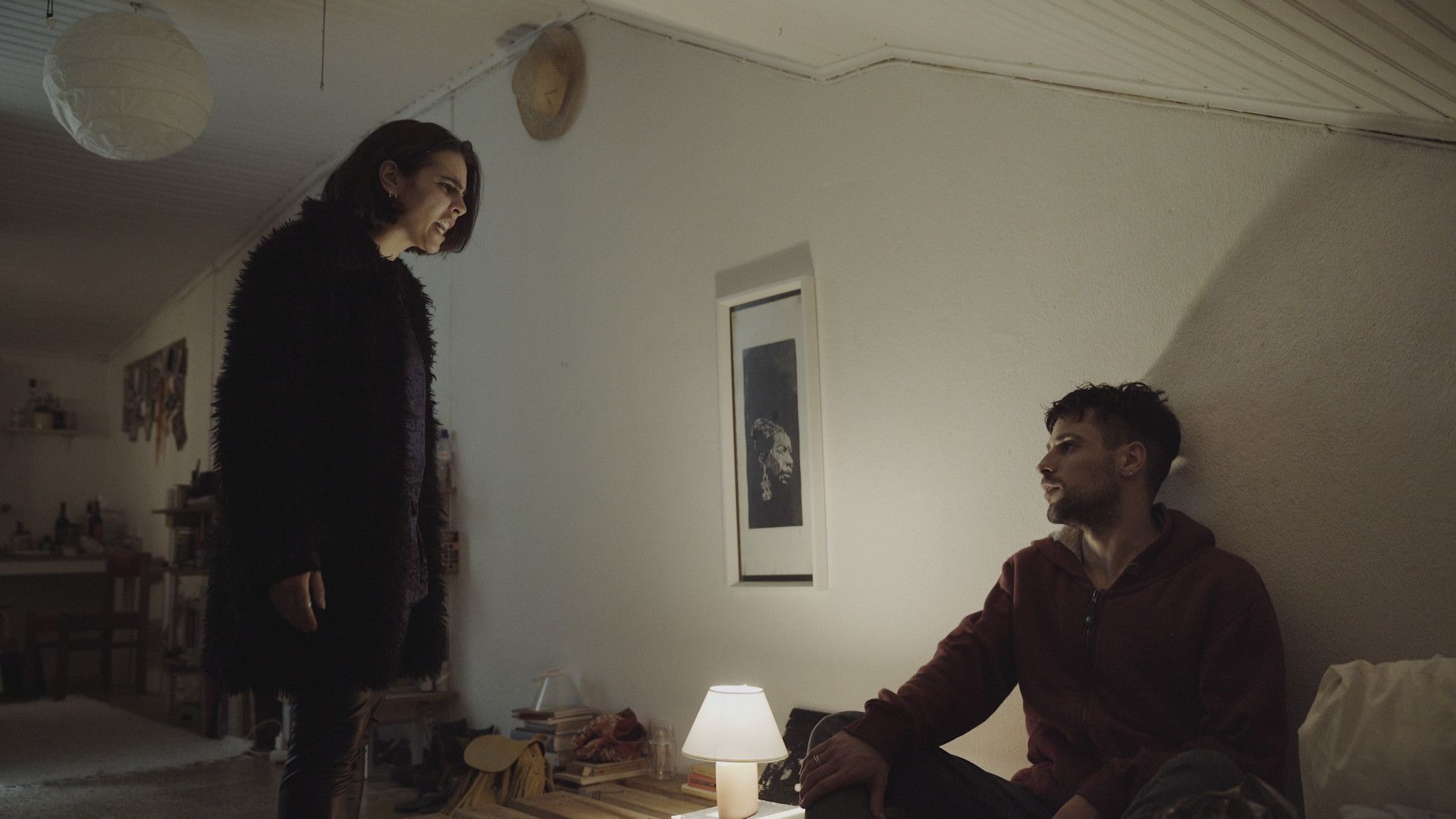
Far from the summer mood is the film "Exam" by Sonny Haddad. Her story is a masterpiece of suspense, when one detail makes the viewer squeeze harder into the chair and nervously wait for the situation to be resolved. In the "Exam", a schoolgirl has to give a suspicious package to a parent's friend, but she came to school with it because she was late. Then the story will unfold through a series of coincidences and instant decisions of the main character.
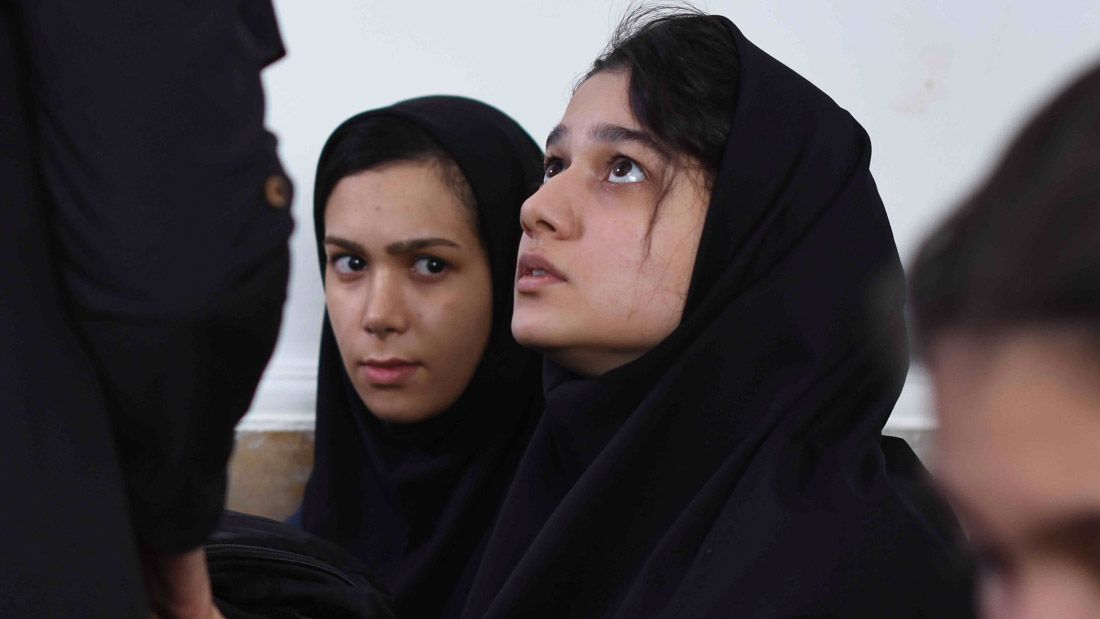
Another example of mastery of history is the film "Party Day" by Sofia Bost. The picture, which begins as an attempt by a mother to make a party for her daughter's birthday on her own, ends with the transformation of all the characters and the exposure of several secrets.
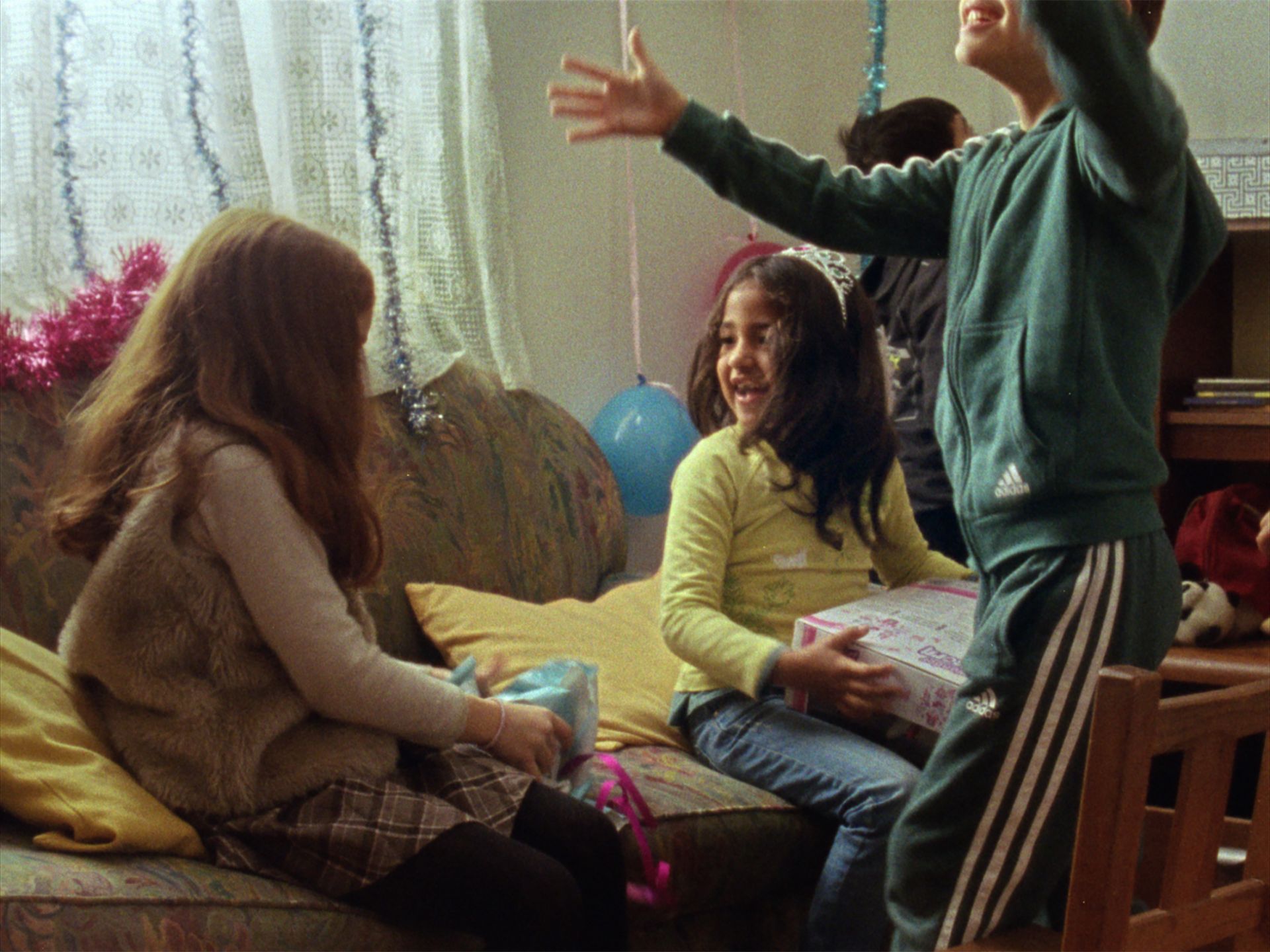
All films of the International short film program claim the Grand Prix from the sponsor of the festival "Loto-Zabava".

